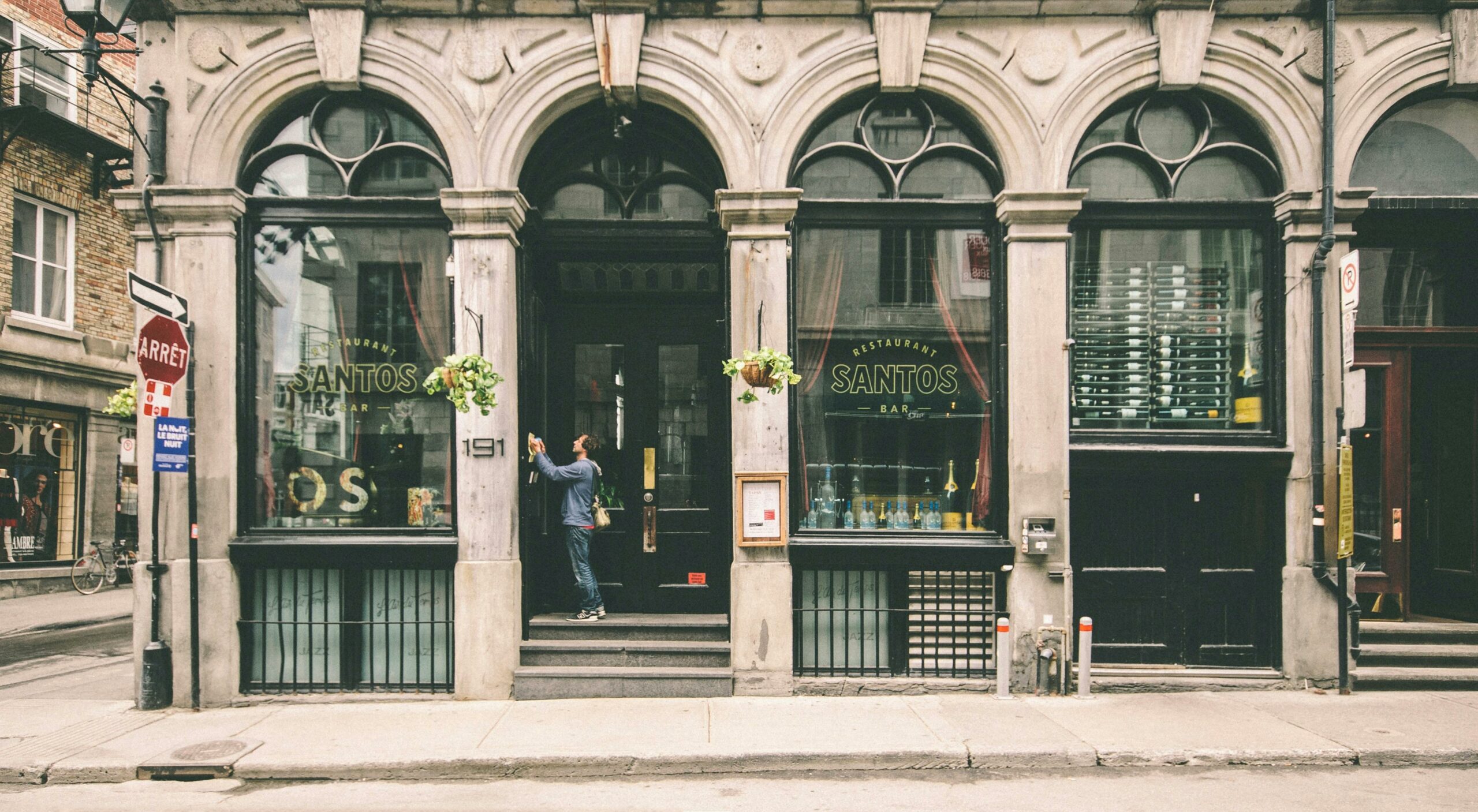Mold is a serious business, and when it gets into older buildings, there are a lot more challenges. Historical properties are to be treasured but can’t do so if mold wreaks havoc. With the right approach, you won’t have to worry about your historical properties seeing this kind of damage. Here’s everything you need to know on the latest trends in mold remediation historic Chadds Ford for older buildings.
Identifying and Addressing the Root Cause of Mold Growth
The first thing you need to know is why mold can occur. A lot of times, mold thrives in damp or wet areas with excess moisture. So if a building has poor ventilation or leaky pipes, nine times out of ten, it will also have mold, the same can be for residential homes. Unfortunately, a lot of historical properties have these initial problems because of how old they are, and it can involve pretty extensive mold inspection. A good tip for you or a professional mold team you hire is to use thermal imaging or moisture meters. These tools are great for detecting hidden moisture without causing a lot of damage to the space.
Air Filtration, Dehumidifying, and Ventilation
The main goal in reducing mold is eliminating the source of moisture. An easy way to do this is to have some sort of air filtration. This can be achieved through HEPA filters, modern HVAC systems, or simply opening windows. Once these methods are taken into account, moisture can be removed from the air, and materials within historical buildings can be dried out properly. Also, correctly dried-out materials can be less likely to deteriorate, so your historical building can last longer without any further damage.
Gentle Cleaning Techniques and Mold Cleaning Products
Obviously, when working with historical buildings, one has to know that preserving as much as the original materials is paramount. A great way of doing mold safety in old buildings Chadds Ford is something called “gentle cleaning.” This cleaning technique is often used by a lot of people who what to remove mold without damaging anything. Working with older materials can sometimes risk breaking a lot easier than newer-age materials. Using natural cleaners with eco-friendly biocide mold killers is less harmful to historical properties and can be a better alternative to chemical cleaners. Also, HEPA vacuums are great for sucking up mold spores without causing too much damage. They have a feature where they do light brushing and scrubbing so your older materials like flooring or shelves can remain intact.
Material Preservation, Restoration, and Replacement
Sometimes, mold can make a bad situation worse. If this happens, don’t fret! There are severe mold restoration tips and tricks to keep in mind. You may have to replace many damaged materials to maintain the building’s historical integrity. Try to match those materials with what was original. Also, skillful craftsmen can help make the building look and function accurately after restoration.
What does it mean to be a historic building?
Having an older building in your ownership doesn’t always mean it’s historical. In the US, a historic building has to meet the criteria of the National Register of Historic Places. This means it has to have some sort of architectural value or historical meaning that can contribute to the country’s past. For instance, the White House is considered a historic building. Staying up to date on mold remediation issues is a common action that historic building owners deal with. Making sure you work with reliable teams like INX is a sure way to maintain the integrity of your older property and protect it from further damage.
How do you clean historic stonework that has mold?
A lot of historic buildings contain stonework like bricks or older stone on the outside walls. Many times this kind of stonework can get a lot of moisture that then results in mold. So, how is this cleaned? Professionals like INX use specialized techniques, including gentle cleaning, non-harsh chemicals, and nonabrasive cleaning tools. When they start cleaning, they make sure that all mole spores are eliminated so that the chance of mold is little to no probability. Once this is done, the historic stonework should be pristine and not likely to see any further damage.
Conclusion
Mold damage can occur in historic properties. Getting rid of mold and having mold remediation services done can require a lot of due diligence. This is where experts like INX come in to implement their methods in historic building mold treatment. We can make sure the integrity and safety of these architectural buildings are intact. If you ever had a mold issue in a historic property, don’t get overwhelmed. We know exactly what to do and can provide the professional service you’re looking for. Contact us today for more information! Let’s preserve the past while protecting the future.



